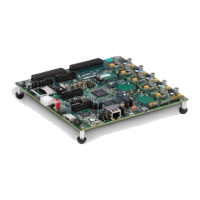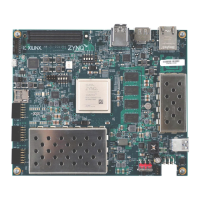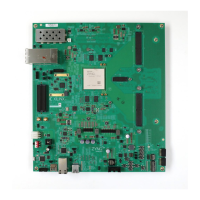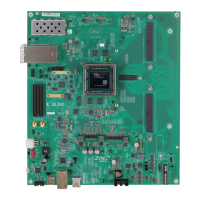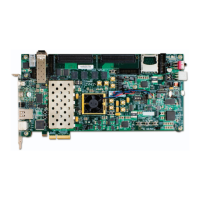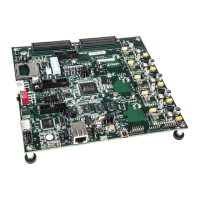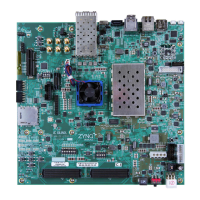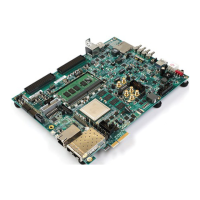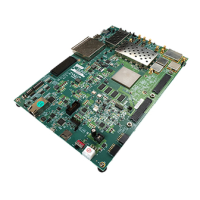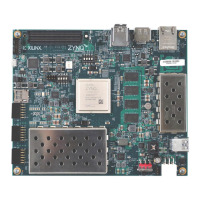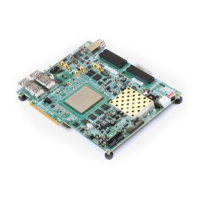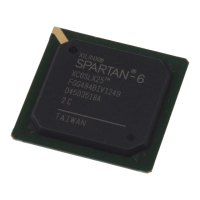Zynq-7000 AP SoC and 7 Series FPGAs MIS v4.1 492
UG586 November 30, 2016
www.xilinx.com
Chapter 3: RLDRAM II and RLDRAM 3 Memory Interface Solutions
Memory Initialization
For simulation, the MIG tool sets up the design parameters such that long wait times usually
required for memory initialization are skipped. These parameters can result in memory
model warnings. For the design to properly initialize and calibrate the full memory array in
hardware, the top-level MIG tool design file (example_top.v) cannot use any abbreviated
value for these parameters. The MIG tool output properly sets the abbreviated values in the
test bench and the full range values in the top-level design module.
Calibration
Calibration completes read leveling and read enable calibration. This is completed over
three stages. This sequence successfully completes when the init_calib_complete
signal is asserted. For more details, see Physical Interface, page 436.
The first stage performs per-bit read leveling calibration. The data pattern used during this
stage is 0_F_0_F_0_F_F_0. The data pattern is first written to the memory, as shown in
Figure 3-69.
X-Ref Target - Figure 3-69
Figure 3-69: Writes for First Stage Read Calibration

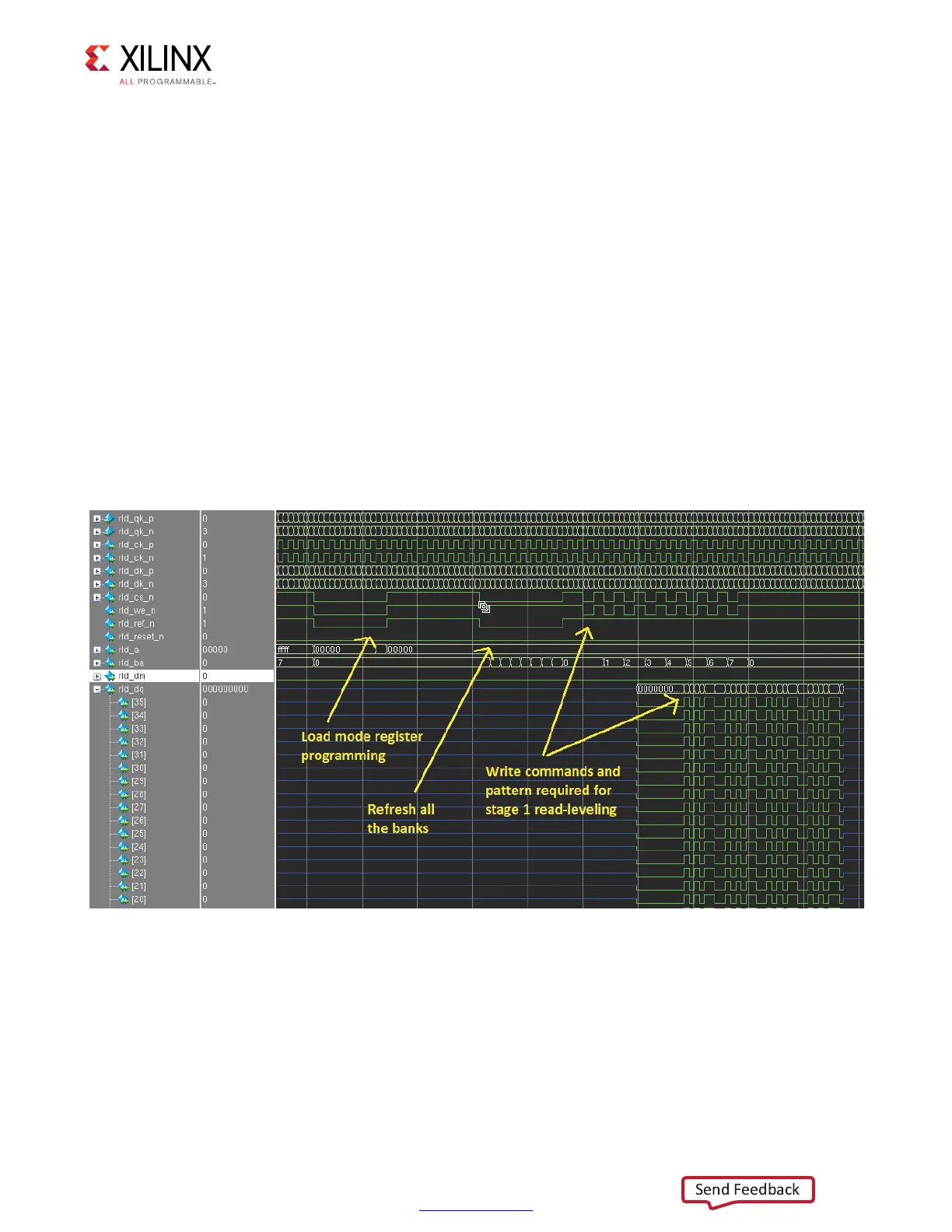